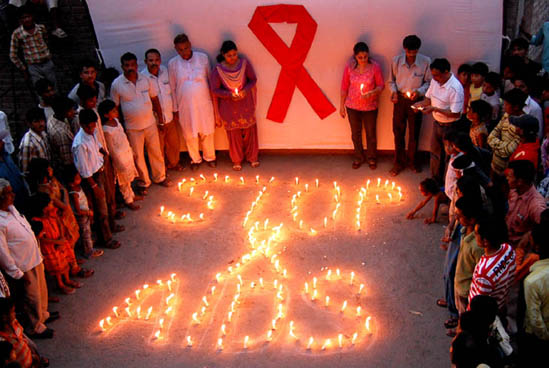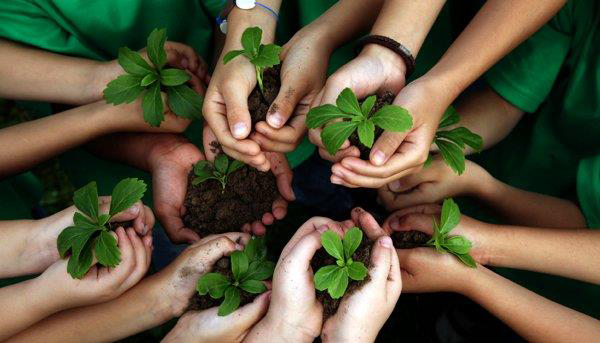
Adolescence is a critical stage in every girl’s life — a period of transformation, learning, and dreams for the future. But for adolescent girls living in India’s slum areas, this journey is often marred by poverty, lack of opportunities, and social neglect. These young girls stand at the intersection of multiple vulnerabilities, silently fighting battles that the world often overlooks.
Life in the Shadows of Poverty
Slum areas are characterized by overcrowded housing, poor sanitation, unsafe drinking water, and inadequate healthcare. For adolescent girls, these conditions create an unsafe and unhealthy environment. Many live in single-room homes shared with large families, leaving no private space for studying, resting, or even basic dignity.

The scarcity of clean toilets disproportionately affects girls. Many are forced to avoid drinking water during the day to reduce the need to use unsafe community toilets, leading to health problems like urinary infections. Menstrual hygiene remains a major concern, with limited access to sanitary products and little awareness, leaving many girls vulnerable to infections and stigma.
Education: A Distant Dream
While education is a right, it often remains a privilege for slum-based adolescent girls. Poverty pushes families to prioritize boys’ education, while girls are expected to help in household chores or contribute to family income through small jobs. School dropout rates among adolescent girls in slums are significantly higher, particularly after primary levels.
Even those who continue often face challenges like lack of books, absence of role models, and unsafe school environments. The cycle of illiteracy limits their aspirations and leaves them vulnerable to early marriage and exploitation.

Early Marriage and Child Labour
The cultural norm of marrying girls early still prevails in many slum communities. Families see marriage as a way to reduce financial burden and ensure “safety” for their daughters. This strips adolescent girls of their childhood, education, and opportunities to grow.
Additionally, many adolescent girls are engaged in child labour — working as domestic helpers, in small shops, or in informal sectors like bidi-making or garment stitching. This not only robs them of education but also exposes them to exploitation and abuse.
Health and Nutrition Challenges
Adolescent girls in slum areas are at high risk of malnutrition. Poor diets, coupled with limited healthcare facilities, lead to anemia, stunted growth, and reproductive health issues. Many girls have little or no knowledge about their own bodies due to lack of sexual and reproductive health education. This ignorance makes them vulnerable to abuse, unintended pregnancies, and poor maternal health outcomes in later life.
Safety and Gender-Based Violence
The narrow lanes of slums often become unsafe spaces for adolescent girls. Harassment, abuse, and gender-based violence are frequent but underreported due to fear of social stigma or lack of trust in authorities. This constant fear restricts girls’ mobility, participation in social life, and pursuit of dreams.

Building Hope and Opportunities
Despite these challenges, adolescent girls in slum areas also demonstrate remarkable resilience and strength. Community programs, NGO interventions, and government schemes are slowly making a difference — providing safe spaces for learning, awareness on menstrual health, skill development training, and campaigns against child marriage.
To truly transform their lives, we must:
• Prioritize education for every girl, ensuring safe schools and scholarships.
• Improve healthcare access, especially menstrual and reproductive health services.
• Create safe spaces where girls can learn, express themselves, and build confidence.
• Engage communities to challenge child marriage, gender bias, and unsafe practices.
• Provide skill training so girls can dream of dignified livelihoods beyond the slum
• boundaries.

Conclusion
The condition of adolescent girls in slum areas is not just a story of poverty — it is a reflection of society’s priorities. Investing in them means investing in the future of families, communities, and the nation. If we give them education, dignity, safety, and opportunity, these girls can break the cycle of poverty and lead change in their communities.
Adolescent girls are not just survivors — they are potential leaders, innovators, and changemakers. It is time we recognize their struggles and nurture their dreams.
Menstruation is a natural biological process, yet for adolescent girls living in slum areas, it often becomes a monthly struggle filled with shame, pain, and hardship. In overcrowded settlements with poor infrastructure, limited resources, and deep-rooted taboos, menstruation is not just a health issue—it is a social crisis.
The Harsh Realities
- Lack of Menstrual Hygiene Products
Most adolescent girls in slums cannot afford sanitary pads. They are forced to use old cloth, rags, newspapers, or even ash and mud, which increases the risk of infections. - Absence of Clean Toilets
Shared community toilets are often unhygienic, unsafe, and lack privacy. Many girls avoid using them, which leads to discomfort, infections, or missing school during their periods. - Health Issues
Poor menstrual hygiene results in urinary tract infections (UTIs), reproductive tract infections (RTIs), and other complications. Anemia, already common among slum girls, worsens due to heavy or irregular bleeding that goes untreated. - School Dropouts
Without access to menstrual products or proper facilities, girls miss several days of school each month. Over time, this leads to absenteeism and eventually dropping out. - Stigma and Silence
Cultural taboos surrounding menstruation make it difficult for girls to discuss their problems. They are often told to stay indoors, avoid temples, or not touch food, leading to feelings of isolation and shame.
Why the Problem Persists
• Poverty and lack of awareness keep families from prioritizing menstrual health.
• Limited government and NGO interventions reach slum areas.
• Deep-rooted myths and silence around menstruation prevent open conversations.
The Way Forward: Solutions - Affordable Sanitary Products
Community distribution of low-cost sanitary pads, menstrual cups, or reusable pads can make a huge difference. - Awareness Campaigns
Workshops for girls, mothers, and even boys can break the silence and normalize menstruation. - School and Community Infrastructure
Every school and slum cluster needs safe, clean, and private toilets with water supply. - Health Camps
Regular check-ups, anemia screening, and counseling sessions for adolescent girls. - Policy Implementation
Schemes like the Rashtriya Kishor Swasthya Karyakram (RKSK) and Menstrual Hygiene Scheme should be better implemented at the community level.
Conclusion
For adolescent girls in slum areas, menstruation should not mean missing school, facing infections, or living in silence. By ensuring access to products, safe infrastructure, health services, and education, we can give these girls dignity and equal opportunities. Breaking menstrual taboos is not just a women’s issue—it is a community responsibility.



